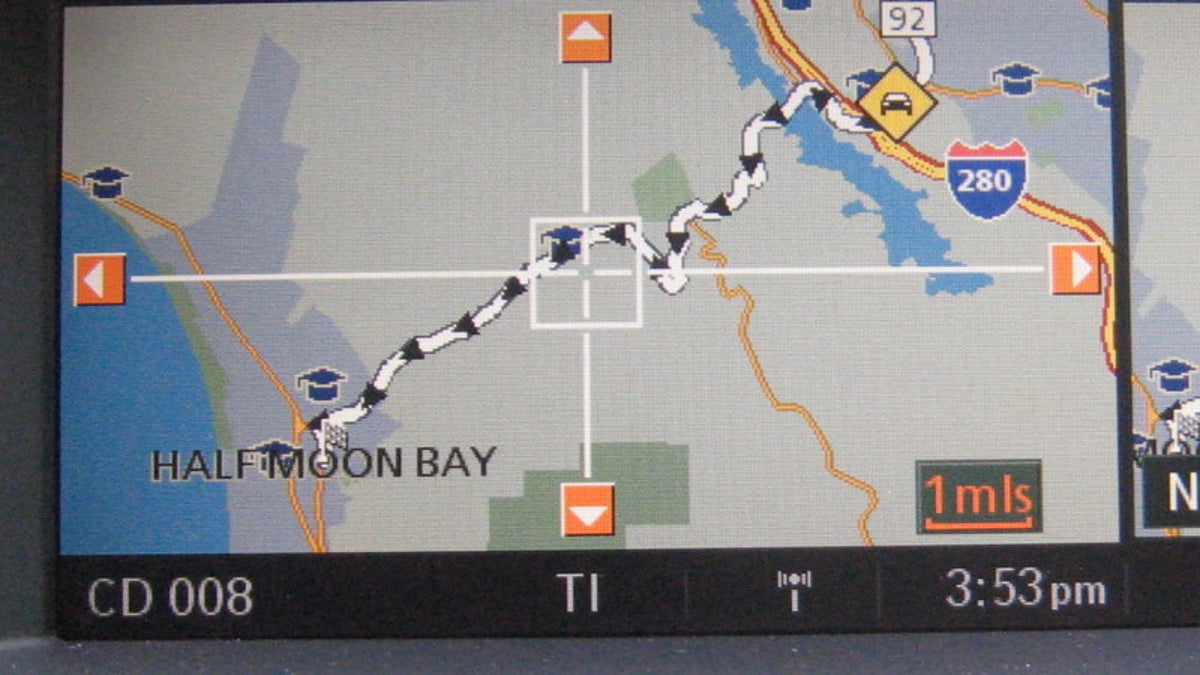Clear Channel traffic gets a jump on XM
Clear Channel's Total Traffic Network adds 15 coverage areas, increasing its total to 95 over XM's 80.

Clear Channel announced today that its Total Traffic Network (TTN) expanded to include 15 additional coverage areas, upping its total to 95 urban areas in the United States and Canada. This Clear Channel service is used in ASUS, Garmin, TomTom, Navigon, and Mio Technology GPS devices along with BMW and Volvo factory-installed navigation. Clear Channel delivers its traffic information over the Radio Data System Traffic Message Channel, using an FM signal. The new coverage areas include Charleston, S.C.; El Paso, Texas; Honolulu, Hawaii; Modesto and Stockton, Calif.; Spokane, Wash.; and Tallahassee, Fla.
By contrast, Clear Channel's biggest competitor in this space, XM NavTraffic, currently covers 80 areas in the United States and Canada. XM NavTraffic transmits its Traffic Message Channel data over its satellite radio network, and is used in Acura, Honda, Nissan, Infiniti, and Cadillac models. Sirius satellite radio also has a traffic reporting network that will be seen in the upcoming Lincoln MKS model.
In our testing of various cars with traffic integrated in the navigation system around the San Francisco Bay Area, we've found that TTN offers a little more coverage than XM NavTraffic, picking up one particular highway. Along with standard traffic data coming from CalTrans, California's transit agency, TTN incorporates predictive traffic data from Inrix, a company formed to collect real-time traffic information.
TTN and XM NavTraffic both show traffic flow on major roads, usually indicating traffic in three states: below 20 mph, between 20 and 40 mph, and above 40 mph. In driving a BMW with TTN recently, we would have also appreciated a fourth level, showing traffic moving above 60, as 45 mph still feels like a traffic jam on the freeway. These traffic services also show incidents such as construction, accidents, and disabled vehicles. The best navigation devices integrate traffic reporting, proactively warning you when there is a traffic snarl on the road ahead.

